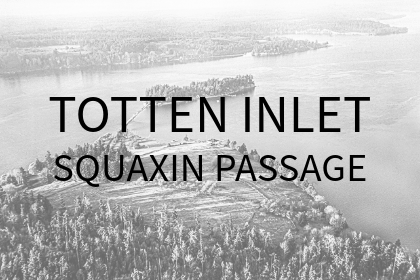The Olympic Peninsula is a vast, ecologically diverse landmass in western Washington State
forms the western boundary of the Salish Sea, with the Strait of Juan de Fuca to its north providing the main Pacific Ocean connection, and Hood Canal to its east being an integral part of the Salish Sea. Essentially, the peninsula acts as a natural shield, sheltering much of the Salish Sea's inland waters, including Puget Sound and Hood Canal, from the open ocean.
Its dramatic landscape, including the towering, non-volcanic Olympic Mountains, was formed by tectonic plate subduction and sculpted by glaciers. The peninsula is renowned for its distinct ecosystems: lush temperate rainforests on its western slopes, a wild and varied coastline, and numerous rivers and lakes. Historically, it has been home to diverse Indigenous tribes for millennia, followed by European exploration and settlement driven by logging and fishing.
The establishment of Olympic National Park in 1938 preserved much of its unique wilderness, making it a significant destination balancing natural beauty with human activity.






